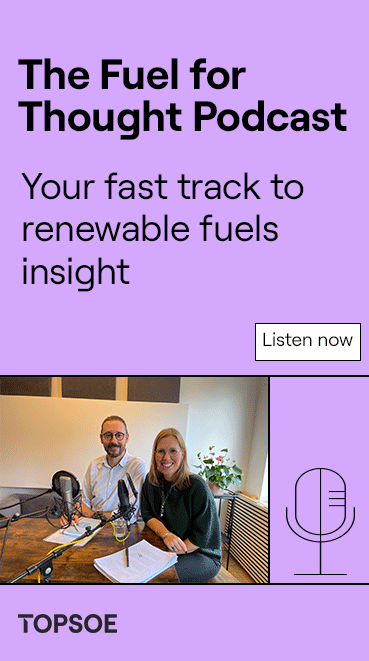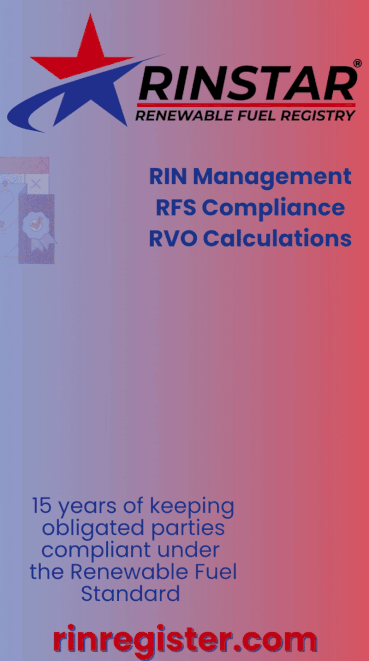Revised Future Fuels Act would tighten Minnesota’s emissions standards
- Rob Hubbard, Minnesota House Public Information Services
- Mar 30, 2022
- 2 min read

What can Minnesota do to play a role in slowing down climate change? Tim Sexton, Minnesota’s assistant transportation commissioner, believes he has a clear idea.
“This is the single biggest policy lever the state can use to reduce greenhouse gas emissions,” Sexton told the Minnesota House Climate and Energy Finance and Policy Committee March 29.
He was speaking of establishing a clean fuels standard. He said that it’s been a success in other states that have adopted one, and the committee discussed proposed legislation that would create one for Minnesota.
HF2083, sponsored by State Rep. Todd Lippert, DFL-Northfield, and replaced by a delete-all amendment, was presented on an informational basis. While it became clear that it did not meet the deadline to be included in this year’s climate and energy omnibus bill, which is expected to be presented next week, significant progress has been made since the bill was first presented last year in shaping what a state clean fuels standard may look like.
The bill would require the state to adopt a clean fuels standard that requires the aggregate carbon intensity of transportation fuel supplied to Minnesota be reduced to at least 25 percent below the 2018 baseline level by the end of 2030, 75 percent by the end of 2040, and 100 percent by the end of 2050.
Under the bill, the commerce department would establish a market for tradable credits between producers and importers whose fuels fall above and below the established annual carbon-emission standard. It would have similarities to a “cap and trade” system.
Its companion, SF2027, sponsored by State Sen. David Senjem, R-Rochester, awaits action by the Senate Energy and Utilities Finance and Policy Committee.
Dubbed “The Future Fuels Act,” the bill is modeled after laws in other U.S. states, countries and Canadian provinces. It would help create a policy that determines carbon-intensity values for such conventional fuels as gasoline and diesel, as well as for such lower-carbon fuels as biodiesel, electricity, ethanol, hydrogen, and renewable diesel, natural gas and propane, taking into account emissions in the fuel’s well-to-wheel lifecycle.
Several stakeholders have been convened by the Walz administration to discuss a clean fuels standard, thus contributing to Sexton’s conclusion. Those meetings also inspired several changes to a bill that was first presented in 2021.
So what’s different in this year’s bill?
Lippert said the emissions-reduction goal is more aggressive, and that carbon capture and underground storage of carbon dioxide or enhanced oil recovery are methods prohibited from generating credits under the system.
It also contains more provisions about changing uses of agricultural land, such as providing premiums for cropland-derived fuels from continuous living cover crops like pennycress and winter camelina. And there are more components dealing with the expanded use of electric vehicles.
Rep. Chris Swedzinski, R-Ghent, asked how much these measures will lower temperatures.
“That’s a global issue, but we can contribute,” Sexton said. “We are viewing this as potentially reducing transportation emissions by 50 percent in Minnesota.”
While Rep. Mary Franson, R-Alexandria, contended that such measures would cause gas prices to “skyrocket,” Lippert replied states that have adopted a clean fuels standard have actually seen fuel prices go down.


































